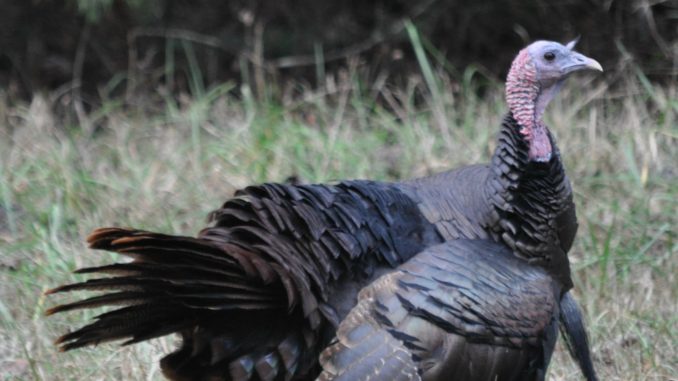
North Carolina’s statewide flock and annual turkey harvests are still rising, but is the high-water mark at hand? This season might be the best for a while.
Hunters may remember with satisfaction the spring of 2016 because turkey season might wind up being one of the best in North Carolina history.
Mind you, it’s not altogether certain that will happen, but past history and harvest numbers indicate another top-flight season at hand.
Oddly enough, even though prospects look good for the April 2-8 youth-only and April 9-May 7 general seasons, the prospects for future harvest increases and records may be at an end.
According to Chris Kreh, the N.C. Wildlife Resources Commission’s upland game bird expert, North Carolina’s wild turkey population may have reached — or soon will reach — its apex. He said this season might be the start of a slow descent in annual harvest figures, and that 2015 might have been the high-water mark for wild turkeys in the state.
“Right now, I don’t see any reason we won’t have a good spring season,” Kreh said. “For many years, we’ve seen an increasing trend in the spring harvest. but even with those figures, it’s hard to say for sure we’ll have another great season.”
The 2015 spring turkey harvest, 17,828 birds, was the second-highest since 1977, when the Commission began keeping records. The record harvest was 2013, when hunters tagged 18,409 birds. The 2014 harvest was 16,912, third-highest on record and the first dip after eight consecutive years of record-setting harvest numbers.
“But it’s certain we can’t increase forever,” Kreh said. “I suspect we’re either at or approaching that point.”
Kreh said any downward trend in harvest won’t be for lack of hunting effort.
“I think more people are turkey hunting,” he said. “A few individuals are quitting, but overall, we’re gaining turkey hunters, and interest is climbing. Plus, killing a turkey isn’t the only reason people hunt.”
The Commission’s last survey, in 2014, showed that North Carolina had 71,000 licensed turkey hunters, most of whom don’t enjoy much success in the April woods.
“If you do the math, it’s interesting the vast majority of hunters won’t kill a turkey,” he said. “Of those that do, very few kill two turkeys.”
During the 2014 spring season, 79 percent of all turkey hunters struck out. Only five percent filled both of their tags, and another 16 percent took one bearded bird.
“That doesn’t mean most hunters didn’t have an enjoyable season,” Kreh said. “Anyone who has hunted turkeys knows what a challenge harvesting a wild turkey is, especially an old tom.”
Proper use of camouflage, knowing a wild turkey’s list of enemies list, their fantastic eyesight, where to set up to entice a wild bird to come to a call, ability to mimic calls accurately, knowing when to call and when to remain silent, knowledge of what turkeys like to eat, recognizing turkey sign, understanding terrain, how close to get to turkeys without spooking them, when to sit and when and where to move when a gobbler is on the move, proper shotshell loads and patterns and the killing range of shotguns are only a few of the problems hunters must solve before entering the woods with a reasonable amount of confidence.
“It’s no wonder most hunters don’t shoot a gobbler each spring,” Kreh said.
Even facing low odds for success, turkey hunters can increase their chances by following a key rule that applies to all types of outdoors activities — go where game animals, fish and fowl are found.
Besides scouting, one helpful approach is to study harvest statistics from previous seasons (available at ncwildlife.org or in the agency’s regulations digets). One caution: statistics don’t always show the whole truth when it comes to best areas to find turkeys.
Another important factor is access to available and productive hunting land. Such properties aren’t universal statewide, even though turkeys live in huntable populations in all 100 North Carolina counties. According to statistics, the best turkey hunting is on private land, and gaining access isn’t always easy.
On the other hand, turkey hunters may utilize game lands that cover 2 million acres statewide. Many are home to impressive numbers of wild turkeys. The only problem is, North Carolina’s two largest game lands require long drives and strength-sapping treks up and down steep mountainsides for populations of birds that don’t match other areas.
That said, six of last spring’s top-10 counties in terms of total harvest were in the northern Piedmont, and three of those counties have game lands. Rockingham and Stokes counties accounted for 536 and 500 turkeys, respectively, followed by Halifax County with 462.
The big increase in recent harvests has been in southeastern counties that were among the latest to have turkeys introduced during Commission restocking efforts 20 years ago. Pender, Duplin, Bladen and Onslow were all top-10 counties.
Besides good harvests on the sprawling Nantahala National Forest (352 turkeys killed last year) and Pisgah National Forests (196 birds), public-land turkey harvests across the state weren’t high. Only four other game lands were credited with 30 or more turkeys taken: Croatan (45), South Mountains (45), Uwharrie National Forest (39) and the Lower Roanoke River National Wildlife Refuge (30).
Only six percent of all turkeys taken last spring were killed on land that’s open to the public, with a total game-lands harvest of 1,141.
Many quality public-land turkey hunts require permits: Roanoke River NWR, Bladen Lakes State Forest, Suggs Mill Pond Game Lands, Holly Shelter Game Lands, Stokes Creek Game Lands, White Oak Game Lands.
Game-lands wild turkey permits can be obtained online at www.ncwildlife.org/Licensing/PermitHuntingOpportunities.aspx, by calling 888-248-6834 or visit a wildlife-service agent.
Of game lands where permits are not required, the Caswell-Bailey Game Lands, Franklin County’s Sandy Creek and Shocco Creek and South Mountain Game Lands in Burke County offer good opportunities. The Pisgah and Nantahala national forests had respectable harvests last season, but nothing like the number of birds being taken from private land. Still, covering a million or so acres, you can get away from the crowds.

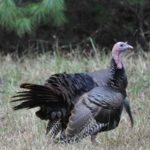
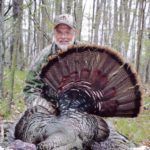
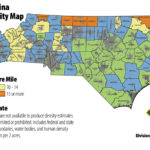
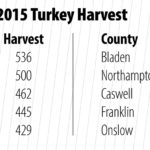



Be the first to comment